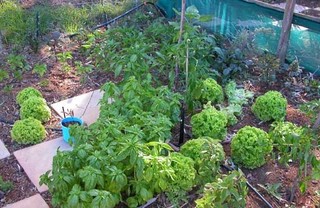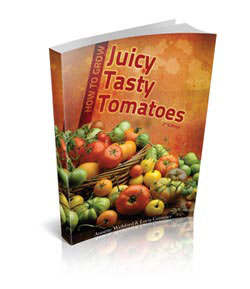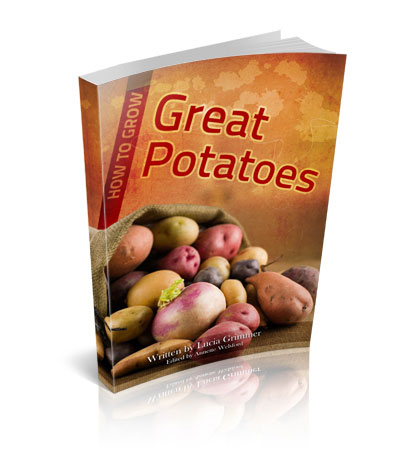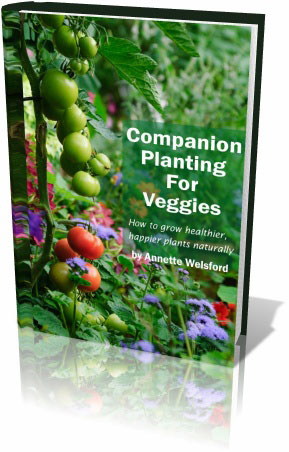Growing Lettuces at Home
Lettuce is an indispensable salad “vegetable” and one that is reasonably easy to grow at home – especially if you grow them from seedlings.
There are three or four main types of lettuce, head lettuce (also called crisp-head lettuce head), lovely soft-leafed butter-head and loose-leaf (both of which may be more loosely referred to as leaf lettuce), and cos or romaine (which is generally more coarse in texture and not as sweet as most other lettuce types).
All types have cultivars that fit the description hearting lettuce, forming a dense heart of leaves in the centre of the plant – although some “hearts” are denser (and both crisper and firmer) than others.
The choice of what sort of lettuce to grow is yours, based on the type of lettuce you enjoy eating and what grows best in your own garden. But if you follow the basic rules, and plant your lettuce in rich, well-prepared, well-drained soil, you will invariably be rewarded with a delicious-to-eat crop.
Generally lettuces do prefer conditions that are relatively cool and moist. If the soil is not well-drained you risk an onslaught from slugs and snails. They are quite adaptable and will thrive in soil that has an optimum pH ranging from neutral 7.0 to slightly alkaline 5.5.
Like many other vegetables, lettuce may be grown from seed planted in seed beds and then transplanted, or they may be grown from seed planted directly in your vegetable garden. But if your patch is relatively small, and you want to grow a range of different vegetables and herbs, any easy option is to buy established seedlings from your local nursery. It is worth noting that transplanted seedlings – whether from a nursery or your own seedbeds – tend to develop larger heads than those sown from seed directly into the field or garden.
If you are planting seeds, follow the instructions on the packet. However, the general rule of thumb here is that they should be sown in shallow drills, and then covered with between six and eight millimetres of fairly firm soil that should be pushed firmly over the seeds. Give the newly planted seeds a good watering with a fine spray and then mulch with grass mowings or something similar. This will help them to germinate successfully. Fertilise after about three weeks.
If you are transplanting seedlings, they should be about 70 mm to 100 mm in height and 225 mm to 300 mm apart to give them sufficient space to grow. Be very careful when you firm the soil around the seedlings because they do tend to be a bit brittle, and they also have very shallow roots. Also take extra care when watering small plants. You should water well while they are growing. If conditions are hot, it is a good idea to shade the plants. This will increase not only the yield, but also the quality of the lettuce.
The edible part of the lettuce grows above ground. Harvest by cutting the stem because several cultivars will produce new shoots and develop new heads from the same plant.
Tags: lettuce, organic gardening, planting lettuce













